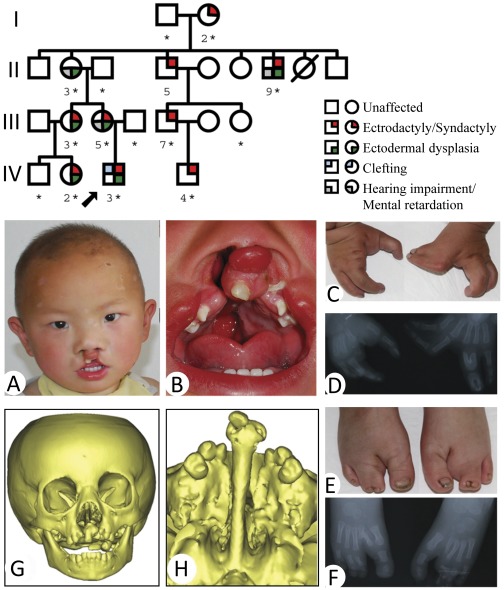Figure 1. The pedigree of the family and clinical feature of the proband.
Upper panel: Filled symbols represent the affected individuals. The proband is indicated by an arrow. Males are represented by squares, females by circles. A slashed circle indicates a deceased subject. The person whose DNA sample is available for sequencing is marked by “*”. For simplicity, spouses and children of normal siblings in generation II and III are not shown. Lower panel: Clinical feature of the proband. (A) Thinning of hair on the scalp and lateral eyebrows, ocular hypertelorism, and cleft lip. (B) Cleft palate. (C) Syndactyly and ectrodactyly of the hands. (D) Radiography of the hands. (E) Malformation of the feet. (F) Radiography of the feet. (G & H) CT scanning and reconstruction of the head and craniofacial bones.

